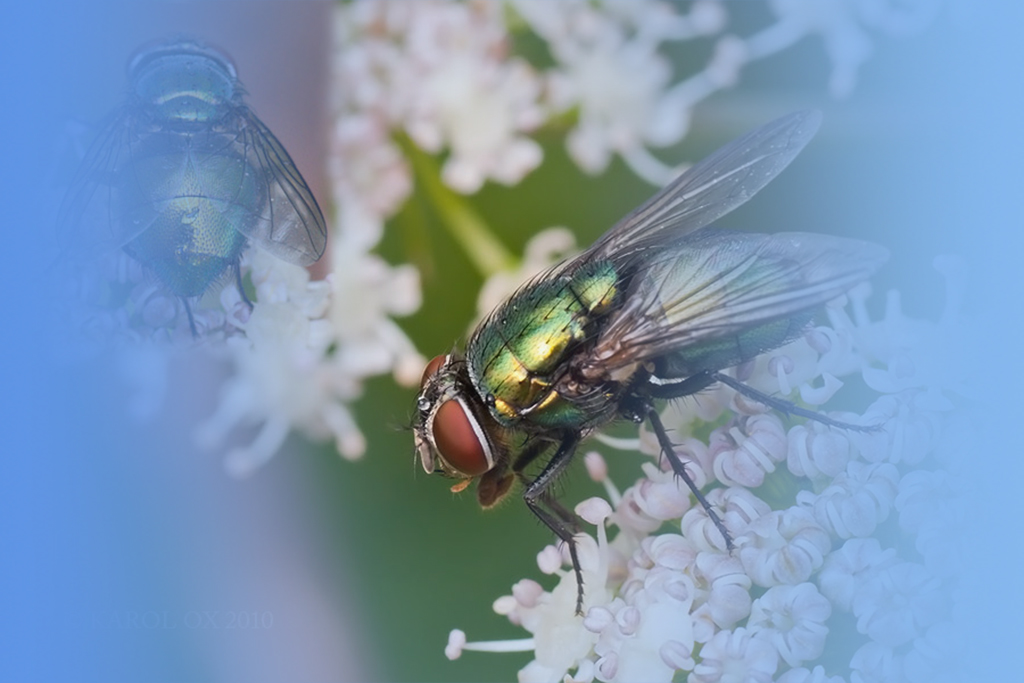[1] Guo YH, Wu HX, Liu XB, et al. National vectors surveillance report on mosquitoes in China, 2018[J]. Chin J Vector Biol Control, 2019, 30(2):128-133. DOI:10.11853/j.issn.1003.8280.2019.02.003.(in Chinese) 郭玉红, 吴海霞, 刘小波, 等. 2018年全国媒介蚊虫监测报告[J]. 中国媒介生物学及控制杂志, 2019, 30(2):128-133. DOI:10.11853/j.issn.1003.8280.2019.02.003.
[2] National Health and Family Planning Commission. National vector surveillance programme[Z]. 2016. (in Chinese) 国家卫生计划生育委员会. 全国病媒生物监测方案[Z]. 2016.
[3] Deng H, Liu LP, Xu QA, et al. The luring and trapping effect of three mosquito attractants and carbon dioxide at different flow rates on Aedes albopictus[J]. Chin J Vector Biol Control, 2021, 32(5):637-641. DOI:10.11853/j.issn.1003.8280.2021.05.026.(in Chinese) 邓惠, 刘礼平, 许齐爱, 等. 3种蚊虫引诱剂与不同流量CO2对白纹伊蚊诱集效果的研究[J]. 中国媒介生物学及控制杂志, 2021, 32(5):637-641. DOI:10.11853/j.issn.1003.8280.2021.05.026.
[4] Wang F, Xu HD, Li X, et al. Attractive action of different chemical substances for Aedes albopictus[J]. Chin J Vector Biol Control, 2023, 34(4):447-450, 496. DOI:10.11853/j.issn.1003.8280.2023.04.001.(in Chinese) 王飞, 徐皓迪, 李鑫, 等. 几种化学物质对白纹伊蚊的引诱效果研究[J]. 中国媒介生物学及控制杂志, 2023, 34(4):447-450, 496. DOI:10.11853/j.issn.1003.8280.2023.04.001.
[5] Hu CY, Hu LP. How to use analysis of variance correctly:An analysis of variance for the univariate quantitative data collected from the Latin square design[J]. Sichuan Mental Health, 2022, 35(2):114-119. DOI:10.11886/scjsws20220310004.(in Chinese) 胡纯严, 胡良平. 如何正确运用方差分析:拉丁方设计定量资料一元方差分析[J]. 四川精神卫生, 2022, 35(2):114-119. DOI:10.11886/scjsws20220310004.
[6] Liu B. Development on attractant to Aedes albopictus and preliminary research on prewarning indices of dengue[D]. Guangzhou:Southern Medical University, 2010. (in Chinese) 刘彬. 白纹伊蚊引诱剂的研制及登革热预警指标的初步探讨[D]. 广州:南方医科大学, 2010.
[7] Skinner WA, Tong H, Pearson T, et al. Human sweat components attractive to mosquitoes[J]. Nature, 1965, 207(4997):661-662. DOI:10.1038/207661a0.
[8] Kline DL. Evaluation of various models of propane-powered mosquito traps[J]. J Vector Ecol, 2002, 27(1):1-7.
[9] Deng HP, Xu YX, Wang SH. Comparison of ultraviolet lamp and CO2 trap in mosquito capture[J]. Chin J Hyg Insect Equip, 2016, 22(6):539-541. DOI:10.19821/j.1671-2781.2016.06.005.(in Chinese) 邓海平, 徐友祥, 王韶华. 紫外线灯诱法与CO2灯诱法捕蚊效果的比较[J]. 中华卫生杀虫药械, 2016, 22(6):539-541. DOI:10.19821/j.1671-2781.2016.06.005.
[10] Ding SY. The filtration of attractiveness to hematophagia mosquito and its effect on the behavior of mosquitos[D]. Wuhan:Huazhong Agricultural University, 2007. (in Chinese) 丁思悦. 吸血蚊虫引诱剂的筛选及其对蚊虫行为的影响[D]. 武汉:华中农业大学, 2007.
[11] Mao J. Study on population density and attractive technology of Culex pipiens pallens[D]. Hangzhou:Zhejiang University, 2017. (in Chinese) 毛杰. 淡色库蚊种群密度调查及引诱技术研究[D]. 杭州:浙江大学, 2017.
[12] Schreck CE, Kline DL, Carlson DA. Mosquito attraction to substances from the skin of different humans[J]. J Am Mosq Control Assoc, 1990, 6(3):406-410. |



